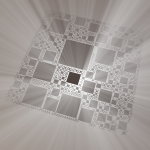The idea for Origin Tiles came to me after watching a documentary from the Resonance Foundation. It highlighted interesting, fractal-like similarities between different scales in the universe. The structure of neurons in the brain, for example, looks exactly like a miniature dark matter web of the universe.
I contemplated about what a digital universe would look like. There are 3 elements that have other orbiting elements around them: A black hole, stars, and planets.
Following the minimalist path, I chose to represent those 3 elements by 3 squares: 3×3, 2×2 and 1×1. The canvas was an 8×8 grid. Later on, I expanded the possible dimensions heavily:
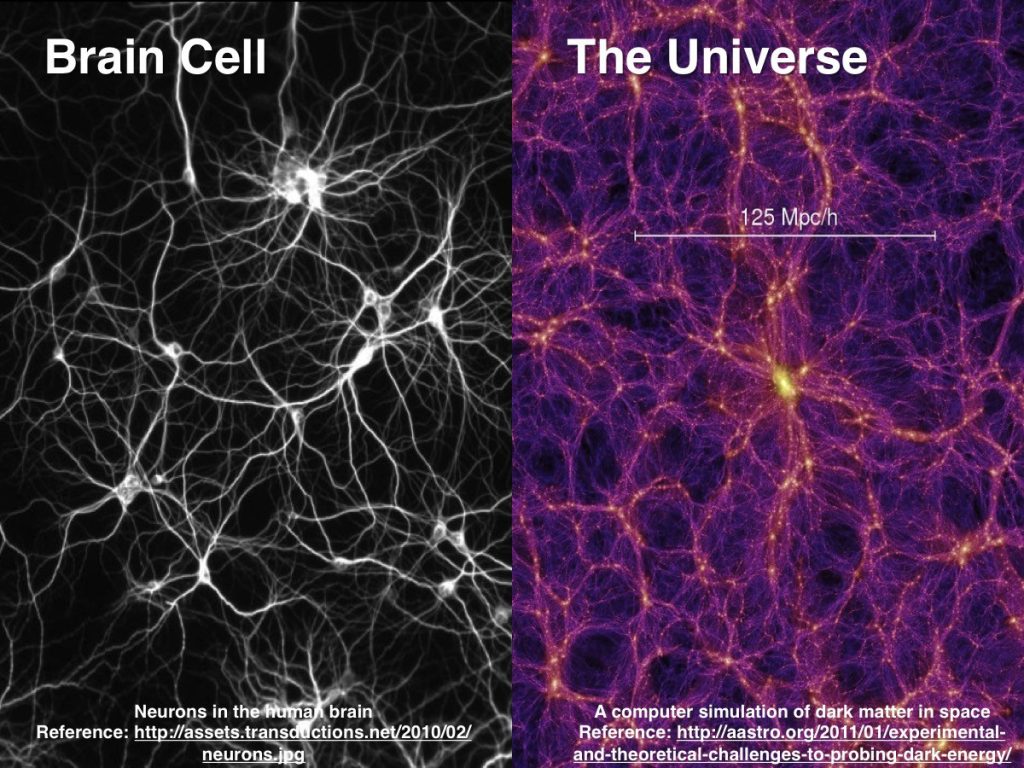

My second inspiration was the ‘Game of Life’ from Conway. Using an initial board of elements there are 3 rules:
- Any live cell with two or three live neighbours survives.
- Any dead cell with three live neighbors becomes a live cell.
- All other live cells die in the next generation. Similarly, all other dead cells stay dead.
I decided the Origin Tile elements would only touch corners.
It’s easy to contemplate the rules of Origin Tiles and create a Tile in photoshop or on paper. Back in 2011, I could not code, let alone visualize that code. I tried to convey the idea to a couple of friends, who were capable of coding, and they eventually pointed me in the right direction: Unity or Python.
I started with Unity 3D and playmaker, since it works with nodes and doesn’t require coding abilities. Nonetheless, this way I learned the basics. Here’s version 3 of the network I came up with:
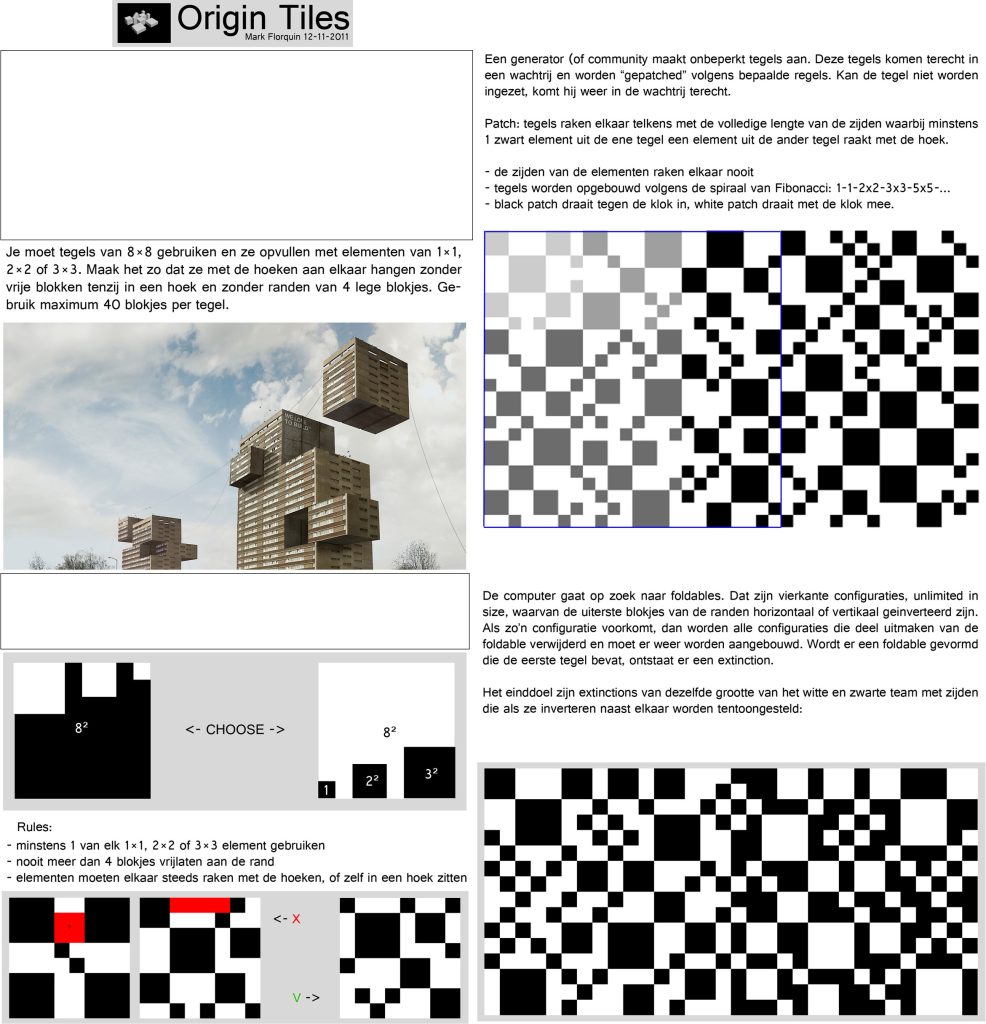
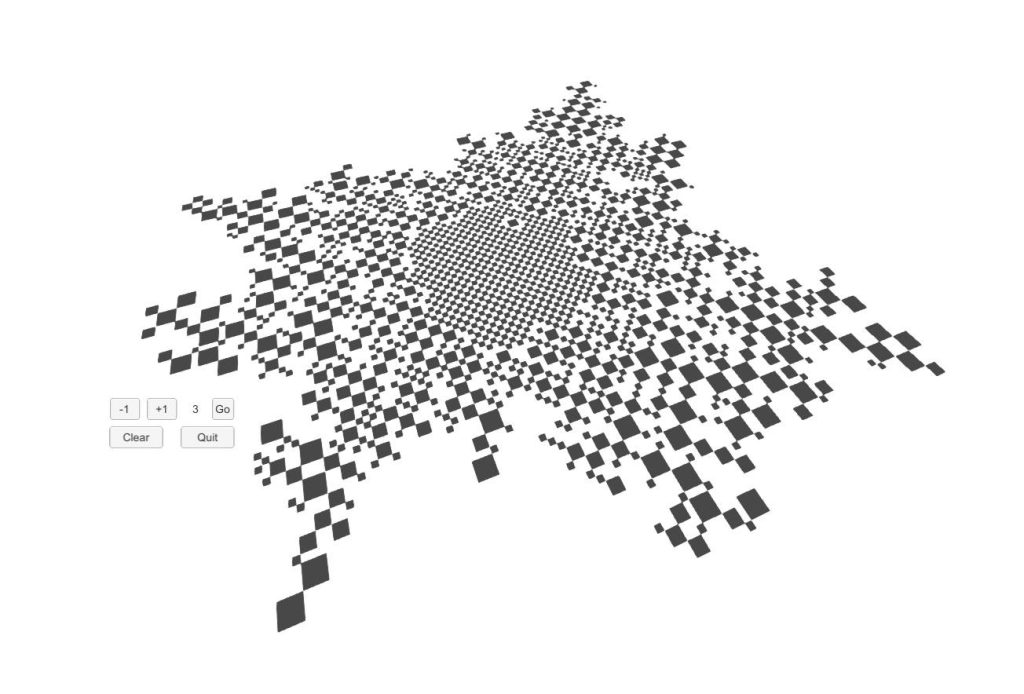
For a while, I was happy with the result. After all, I could create my minimalist digital universe. But then, I started looking into Python. I had created some simple Batch scripts in Basic to automate repetitive tasks and had begun porting them over to Python.
After a little while, I became convinced Python was a great candidate for the next iteration of Origin Tiles. Here’s a snippet of script version 7, written in Pycharm:
Now with the functionality laid out, it was time to spend some time on form. All I had now was an oddly shaped chessboard.
I adjusted the script, so it could output individual element coordinates. I took those positions into Blender and wrote another script to generate 3D shapes:







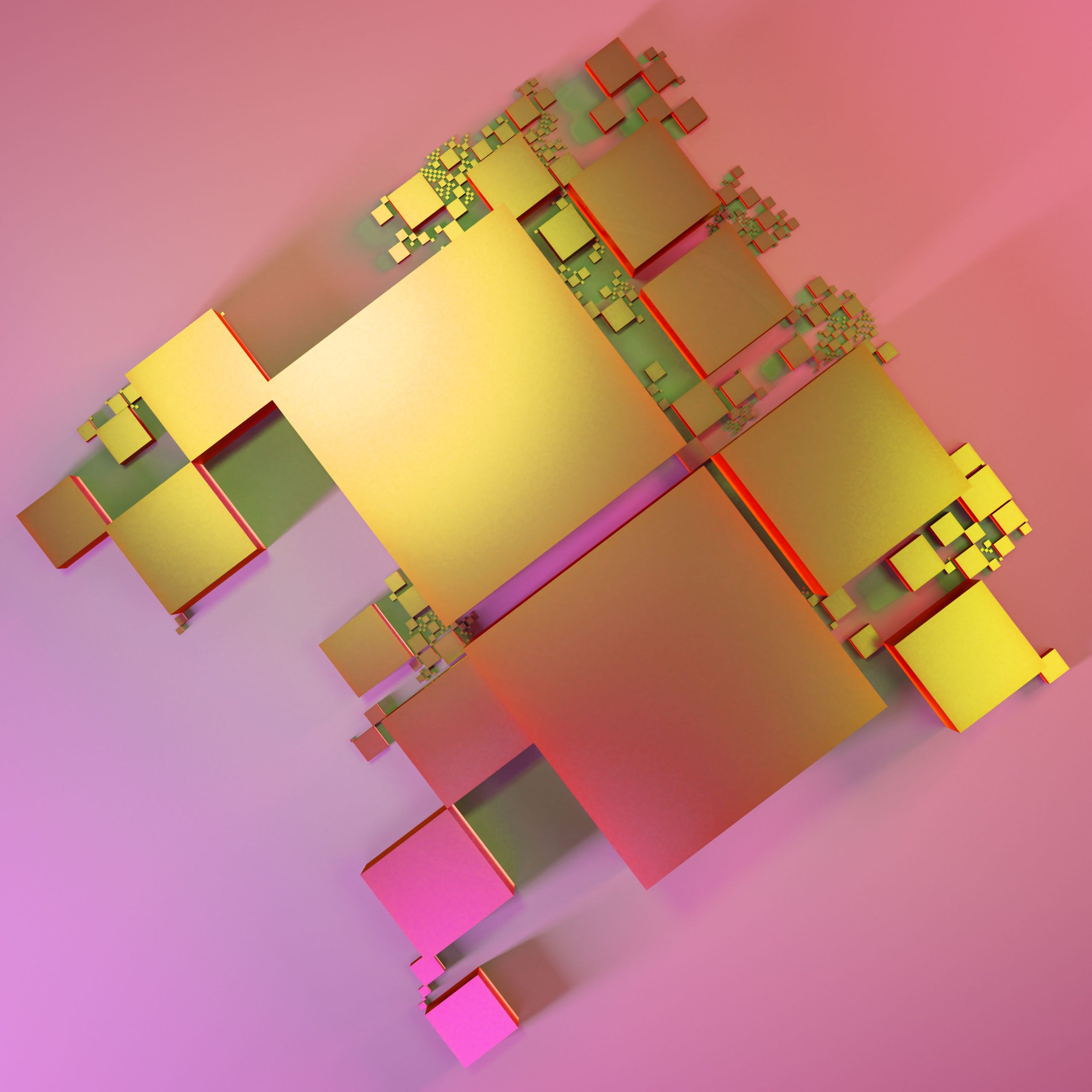
There you have it, Original Tiles, a simple idea, from Unity 3D, Python, Blender to Octane Render and Marmoset Toolbag. A trajectory that took 12 years. Needless to say, I learned a lot. Many techniques I now use in everyday practice, especially Python coding. It is the things we are most passionate about that bring us the furthest in terms of personal development and toolkit expansion. Thanks for following me on this journey.
Mark Florquin


